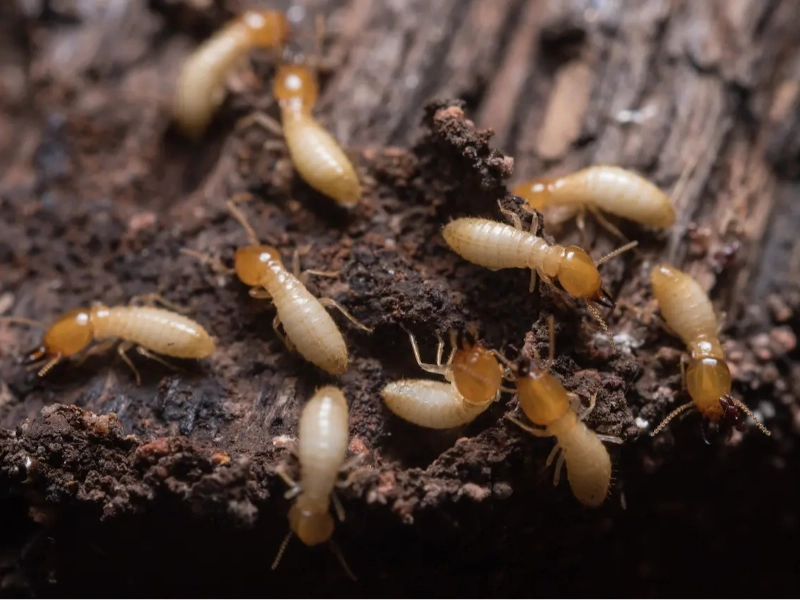3. Biodiversity Support Systems

Within tropical rainforests, termite colonies serve as essential biodiversity hotspots, creating conditions that benefit a wide range of species. From small invertebrates to reptiles and even mammals, their mounds provide shelter and nesting sites for numerous organisms. The altered soil conditions around termite colonies create unique microhabitats that support specific plant populations. Many fungi form intricate symbiotic relationships exclusively with termite colonies. Termites also attract predators, forming complex food webs that sustain the forest’s biodiversity and ecological complexity. Their impact on biodiversity extends beyond their immediate colonies. Their foraging activities create a mosaic of microhabitats across the forest floor, each supporting diverse assemblages of plants and animals. Studies have shown that areas with high termite activity often exhibit greater species diversity across various taxonomic groups. For example, certain reptiles use termite mounds for thermoregulation, while some bird species rely on them as nesting sites. The nutrient-rich soil around termite colonies supports specialized plant communities, often including rare or endemic species. Additionally, the intricate design of termite mounds provides a variety of niches utilized by organisms ranging from tiny soil fauna to larger animals. Through their multifaceted support of biodiversity, termites play a crucial role in maintaining the ecological balance of tropical rainforests.
Advertisement

